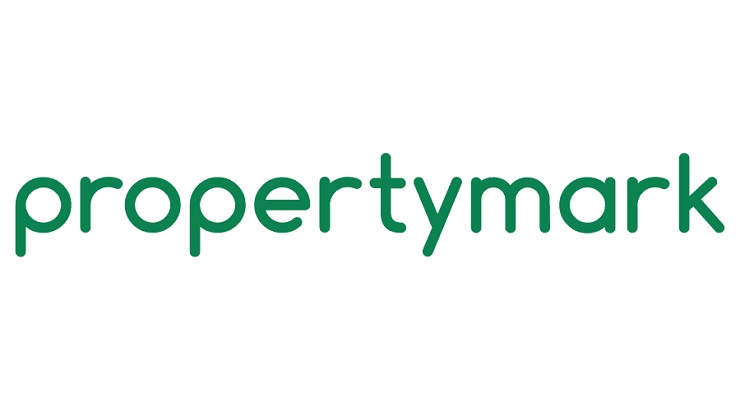UK property firms brace for financial hit as furlough ease approaches
The Government is supporting the property industry through wage support to the tune of £122m per month. But not for long.
From August, estate agency employers like every other will be required to support the cost of furlough in respect of funding employer national insurance and pension contributions.
From September an additional 10% will be sought as the Government insists employers pay the 10% difference between the current 80% furlough threshold and a revised 70% government contribution – and then 60% from October.
This all sounds quite reasonable – a gradual furlough unfurling. However, Rayner Personnel, the leading estate agency and property services recruiter, has looked at the likely cost to the industry as each stage is proposed to be introduced.
The figures
According to the ONS, there are approximately 51,000 estate agents working in the UK (2019). Additionally, there will also be thousands of support and head office staff, although these numbers are not summarised statistically.
Typically an estate agent in the UK earns £28,800 annually according to the average from ONS, Glassdoor and a host of other resources. On this basis, the total salary burden for UK estate agency PLC could be up to £122.4 million each month. This is the tide that Rishi Sunak is currently holding back with his magic calculator and this is just agents, not support staff or management.
The increasing cost to agencies will manifest itself in stages and in analysing these stages Rayner Personnel states a warning that a squeeze will ultimately kick-in whereby it could well become a big problem for some firms in a few months’ time.
So what does the increase account to per employee?
June/July – No change to employer costs unless the employer recalls staff on a part-time or full-time basis
August – NI and pension costs kick in. 9% and 3% respectively – average additional cost per employee £216 and £72. Total £288.
September – as above plus an additional 10% of wages. Total additional cost per employee £240.
October – as above plus another 10% of wages. Total further additional cost £240per employee.
November – full salary. £2400 plus NI and PAYE. Total £2688 per employee.
“I’d say June and July are looking palatable for agents as they keep many of their staff on furlough, consume their government support funding and bank their completion cheques from their pre-COVID sales pipeline’ says Rayner Personnel CEO Josh Rayner.
He adds ‘But there’s a warning here in that our research highlights a problem coming down the tracks as the government support starts to dilute.
As this happens cashflow will potentially be most vulnerable – a combination of landlords insisting on backdated rent payments, Rightmove and Zoopla support waning and an absence of deal completions from a barren lockdown period – all make for a collision of circumstances that some agencies may not easily cope with come November”.
That problem is highlighted in the graph below and shows what some may describe as a slippery slope for the UK estate agency industry as we recover from the health crisis.
The question is, what will estate agency firms do from November when faced with the full-on ‘cold-turkey’ of maximum employment costs again?









